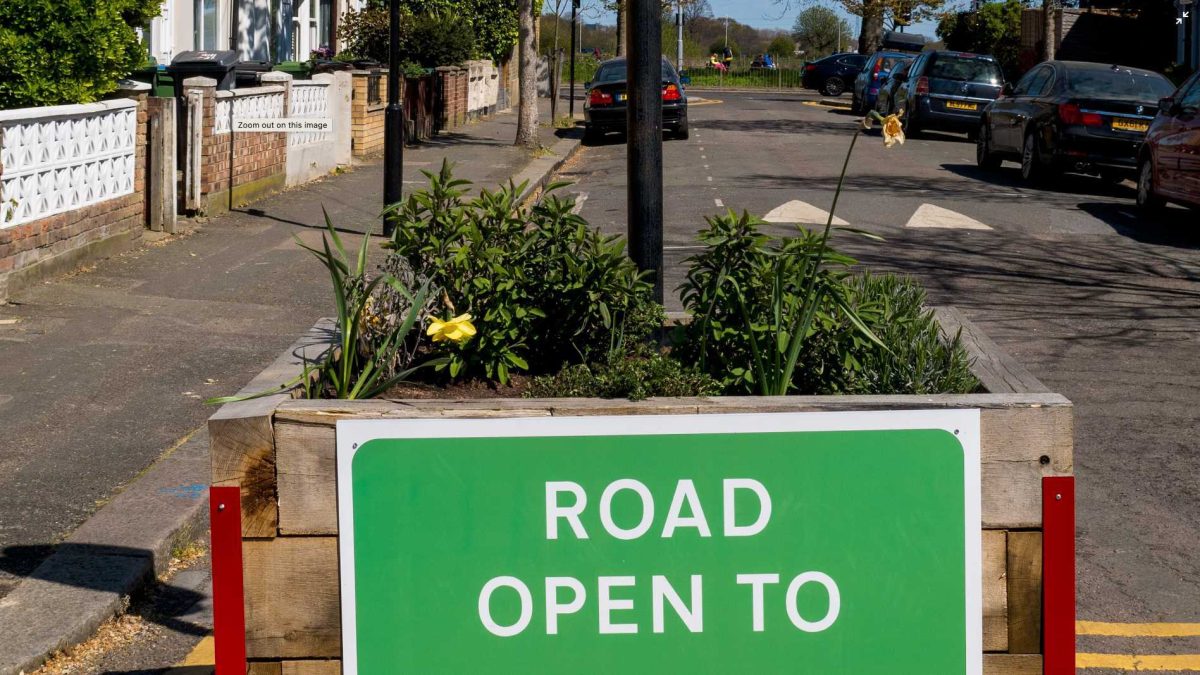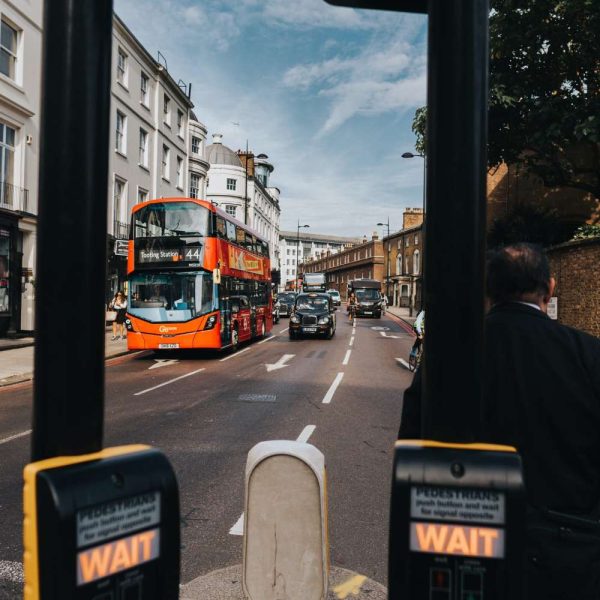Traffic Islands: An Essential Part of Road Safety
If you’ve driven on roads or highways, chances are you’ve seen traffic islands before. These raised areas of pavement or concrete are not just decorations – they serve a crucial role in road safety. Traffic islands provide a safe space for pedestrians to cross streets, while also separating traffic lanes and directing traffic flow. Let’s take a closer look at the design and benefits of traffic islands.
What Are Traffic Islands?
Traffic islands are elevated areas of pavement or concrete in the middle of a road or highway. They are designed to create a physical barrier between pedestrians and vehicles, provide a safe place for vulnerable road users, and separate traffic lanes.
Purpose of Traffic Islands
The main purpose of traffic islands is to provide a safe crossing point for pedestrians. By offering a raised area of pavement, traffic islands protect pedestrians from the danger of oncoming traffic and provide a place to wait until the road is clear. Additionally, traffic islands prevent head-on collisions between vehicles by separating traffic lanes and directing drivers to turn in a particular direction.
Design of Traffic Islands
Traffic islands are designed to be highly visible, so they can catch the attention of drivers from a distance. They are typically painted in bright colors such as white or yellow. To provide a safe crossing point for pedestrians, they are usually large enough in size and equipped with curb ramps for accessibility.
Benefits of Traffic Islands
Traffic islands provide numerous advantages for both drivers and pedestrians. For pedestrians, traffic islands offer a safe crossing point that reduces the risk of accidents with vehicles. They also serve as a refuge for cyclists and other vulnerable road users. For drivers, traffic islands help to avoid head-on collisions and guide the flow of traffic, thereby reducing congestion and improving safety.
Traffic islands, also known as medians or central reservations, are raised or elevated structures that are installed on roads to separate opposing lanes of traffic. They offer several benefits for road safety, including:
- Reducing head-on collisions: One of the primary benefits of traffic islands is that they can help reduce the occurrence of head-on collisions. By physically separating opposing lanes of traffic, traffic islands can prevent vehicles from drifting into oncoming traffic and colliding with other vehicles.
- Providing a safe refuge for pedestrians: Traffic islands can provide a safe refuge for pedestrians who are crossing the road. Pedestrians can use the traffic island as a midway point, reducing the distance they need to cross in one go, which can be especially important for older adults, people with mobility impairments, or families with small children.
- Slowing down traffic: Traffic islands can also help slow down traffic, making the road safer for all users. When drivers approach a traffic island, they are forced to slow down, and this can reduce the likelihood of accidents caused by speeding.
- Improving visibility: Traffic islands can improve visibility for drivers and pedestrians alike. When used in conjunction with appropriate signage and markings, traffic islands can help to increase awareness of pedestrians and other road users, reducing the risk of accidents.
- Enhancing the aesthetic appeal: In addition to their safety benefits, traffic islands can also enhance the aesthetic appeal of the road. They can be landscaped with trees, flowers, and other greenery, adding beauty to the road while also providing additional benefits such as reducing air and noise pollution.
Overall, traffic islands are an effective traffic calming measure that can improve road safety for all users. By reducing the risk of head-on collisions, providing a safe refuge for pedestrians, slowing down traffic, improving visibility, and enhancing the aesthetic appeal of the road, traffic islands can help make roads safer and more enjoyable for everyone.
In summary, traffic islands are a vital component of road safety that help protect pedestrians, cyclists, and drivers alike. By creating a physical barrier between pedestrians and vehicles, traffic islands reduce traffic accidents and provide a safe space for people to cross roads. As a result, traffic islands play an essential role in ensuring efficient, safe transportation for everyone.
Post sponsored by Quicksetts traffic islands
















